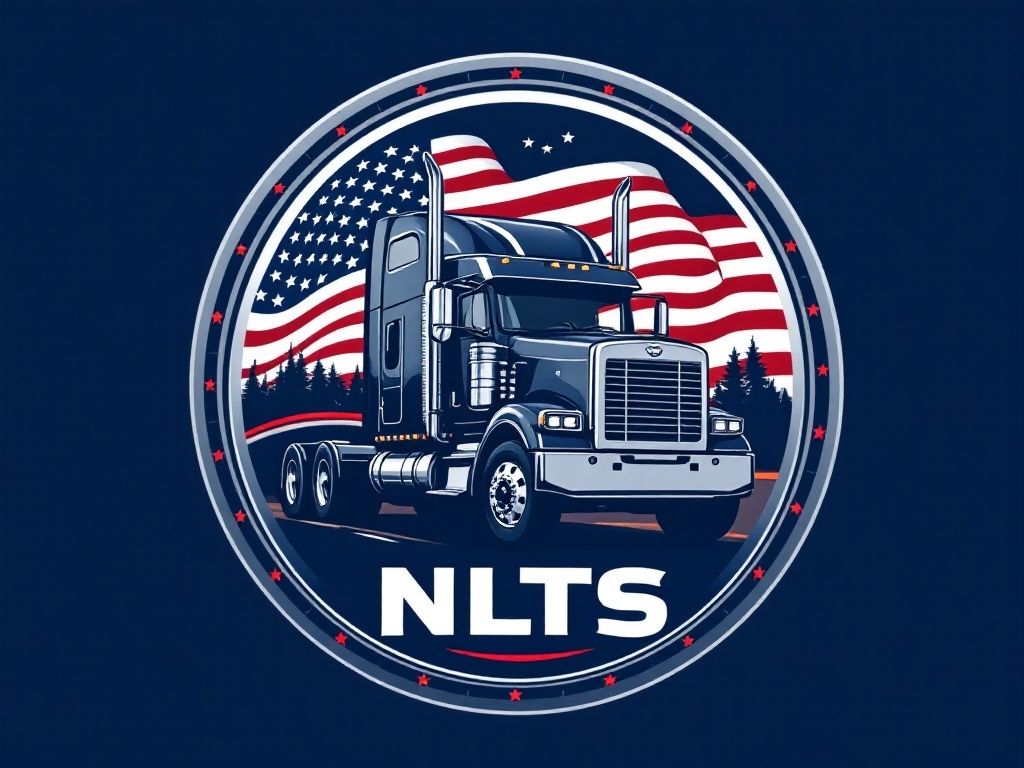Navigating Seasonal Challenges: Trucking in the Southeast
Understanding the Unique Landscape of the Southeast
The southeastern United States presents a unique set of challenges for the trucking industry. Known for its diverse geography, the region includes coastal plains, mountains, and rolling hills. This varied landscape requires truck drivers to be adaptable and prepared for a range of road conditions. From navigating the steep grades of the Appalachian Mountains to managing the heavy traffic in urban centers like Atlanta, drivers must be skilled and vigilant.
Weather patterns in the Southeast also add a layer of complexity. The region is prone to hurricanes, heavy rains, and even occasional snowfalls in northern areas. These conditions can disrupt routes and schedules, requiring trucking companies to have flexible plans in place.

Weather-Related Challenges
One of the most significant seasonal challenges is dealing with hurricanes and tropical storms. These powerful weather events can cause widespread damage and lead to road closures, making it difficult for trucks to deliver goods on time. It's essential for trucking companies to monitor weather forecasts closely and adjust routes as necessary to avoid dangerous conditions.
In addition to hurricanes, the Southeast is known for its high humidity and frequent thunderstorms. These weather conditions can affect a truck's performance and require drivers to be extra cautious. Proper maintenance, including regular checks of tires and brakes, is crucial to ensure safety on wet and slippery roads.

Strategies for Navigating Seasonal Challenges
To effectively handle these seasonal challenges, trucking companies in the Southeast should implement proactive strategies. Here are a few key approaches:
- Advanced Planning: Develop contingency plans for various weather scenarios to minimize disruptions.
- Real-Time Monitoring: Utilize technology to track weather patterns and road conditions in real-time.
- Driver Training: Equip drivers with the skills needed to navigate challenging terrains and adverse weather.
By adopting these strategies, trucking companies can improve their resilience and maintain service reliability, even during the most challenging seasons.
The Role of Technology
Technology plays a pivotal role in helping trucking companies navigate seasonal challenges in the Southeast. GPS systems, weather apps, and real-time communication tools allow drivers to receive up-to-date information about road conditions and reroute as necessary. This technological edge can be the difference between a successful delivery and a delayed schedule.

Furthermore, telematics systems offer insights into vehicle performance and maintenance needs. By analyzing data from these systems, companies can address potential issues before they escalate into problems on the road.
Maintaining Safety and Efficiency
Safety is always a top priority for trucking companies, especially when facing seasonal challenges. By focusing on driver education, rigorous vehicle maintenance, and adopting advanced technologies, companies can enhance both safety and efficiency.
Regular training sessions can keep drivers informed about new safety protocols and best practices for handling adverse conditions. Coupled with routine maintenance checks, these efforts contribute to smoother operations and reduce the risk of accidents.

Conclusion
Navigating the seasonal challenges of trucking in the Southeast requires a combination of strategic planning, technological adoption, and a commitment to safety. By understanding the unique conditions of this region and preparing accordingly, trucking companies can ensure they remain reliable partners in logistics, regardless of the season.
